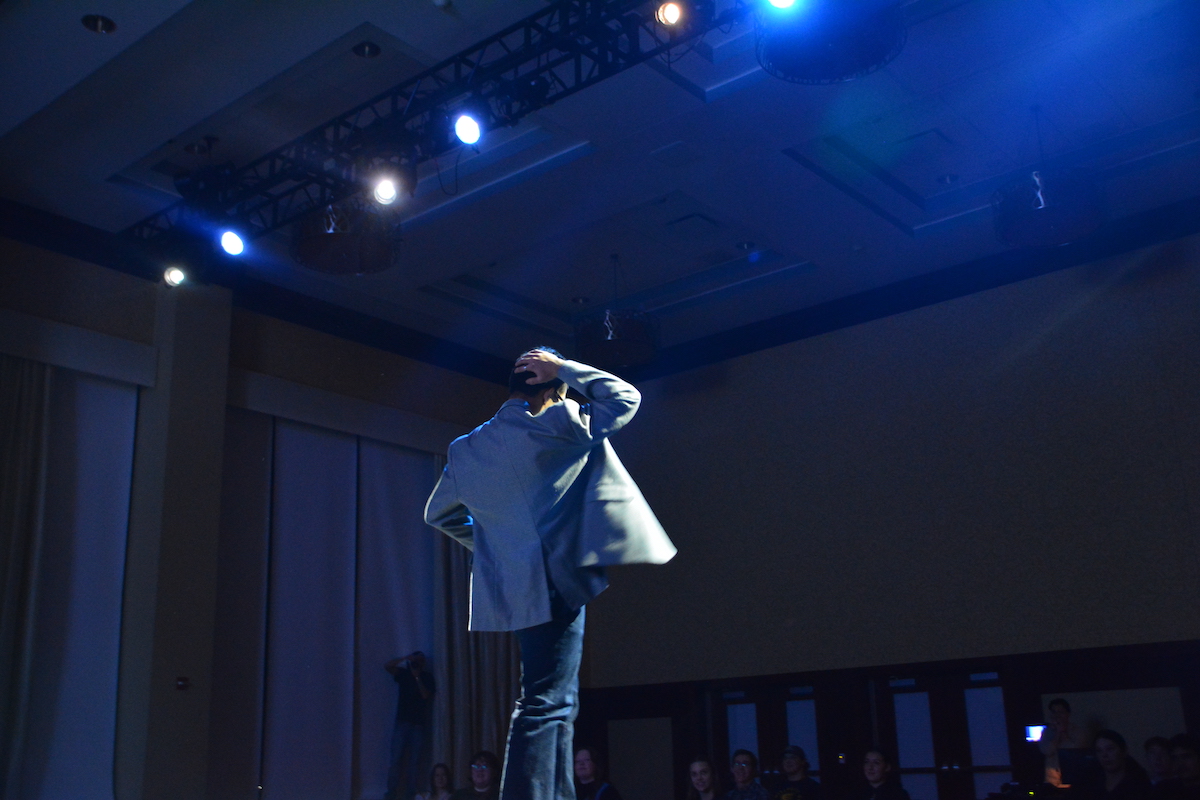“Quality before quantity.”
It’s an age old expression that high school teachers stress as they dole out essays. It’s something that takes a while to understand, but after a while the concept is grasped. Except by the fashion industry.
Quantity seems to matter a lot more when it comes to women’s fashions than men’s fashions. Why? The basis of women’s fashions is all about change — multiple times a year we get differing fashion. Men’s fashions are pretty traditional, with minor details changing with the times. With quick changes in styles for women, quality seems to be lost and women are stuck with thin fabrics, poor quality fibers and bad stitching.
In an article about the increased low grade, synthetic fabrics on sustainable fashion website Ecouterre.com, Elizabeth Cline, author of Overdressed: The Shockingly High Cost of Cheap Fashion, stated, “Cheap fashion is mostly made of polyester and its cousins, fast fashion is environmentally unsustainable on a shocking number of levels. ‘It’s poorly made and designed to fall apart, it’s largely made from non-biodegradable petroleum-based fabrics and lastly, a lot of it can’t be recycled. It’s really not a flattering combination.’”
The article stated “fast fashion” can be found at places like H&M or Forever 21.
But, guys and gals, there is quality clothing out there, if you know how to look for it.
Fabric quality: A good, strong foundation is the best way to make a sturdy house, and the same thing goes for fabrics. The best fabrics shouldn’t be blends (cotton with rayon, etc.), and should be sewn on the grain. The grain is the way the threads run (both lengthwise and crosswise) on a piece of fabric.
When a garment pattern isn’t placed correctly on the grain it can ride up, twist or not hang properly, and that doesn’t look good. Also look for stripes, checks and other prints that line up at the seams. And, unfortunately, the shinier the fabric on something like a suit jacket, the more inferior the fabric.
Buttons: A poorly sewn-on button is the bane of my existence. Nothing can ruin a good day like the button on your coat falling off as you walk to class. Buttons shouldn’t be sewn on too tight or they’ll pucker the garment, or too loose because they’ll fall off.
When you’re looking at something in a store, flip the garment inside out and look at the back of where the buttons are sewn on. Is there a knot holding it in place? Then it probably won’t be on the shirt for long. You can also lift the button up a little to see if it’s too loose or tight.
Stitching and hems: Strong stitching is small and straight. When looking at a piece of clothing in the store, pull the fabric and the seems and see how tight the stitching is.
For hemlines, lightweight fabrics used in fancier dresses should have a small zig-zag hem and more expensive pieces like suits and dresses made with heavier fabrics should have an invisible hem stitch that looks like
this: —^—^—.
It’s important to remember that just because a piece of clothing is expensive, it doesn’t mean that it has great quality. A quality piece of clothing could be found at a store like Old Navy and a poorly made piece at Macy’s.






